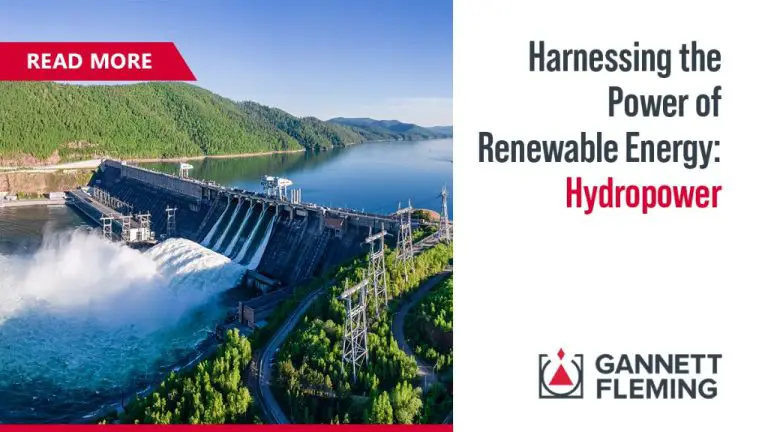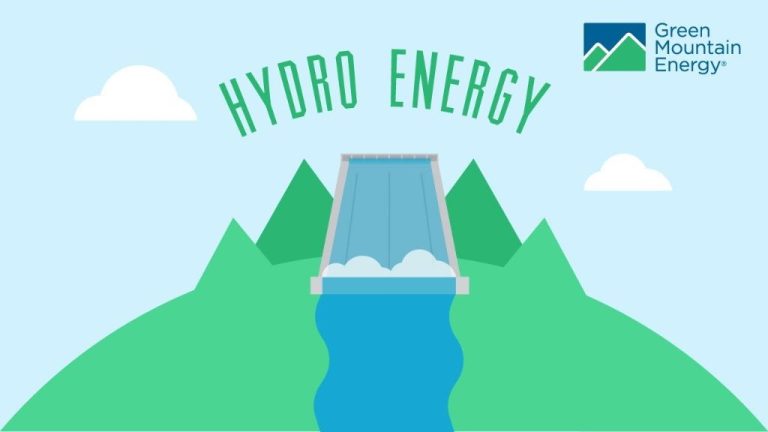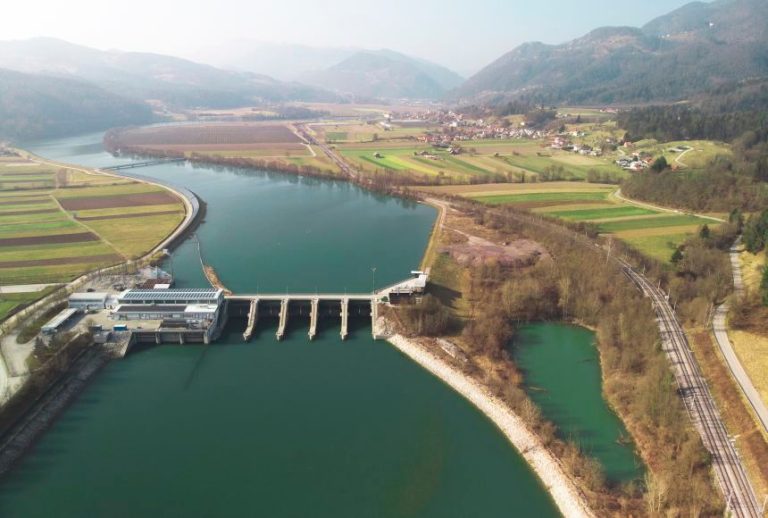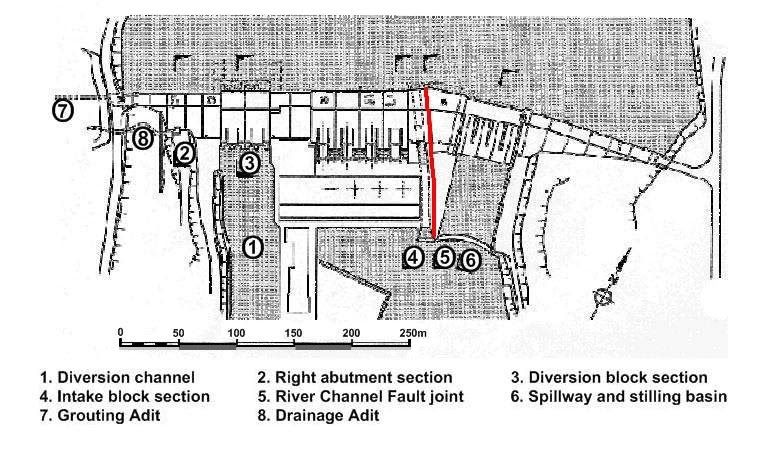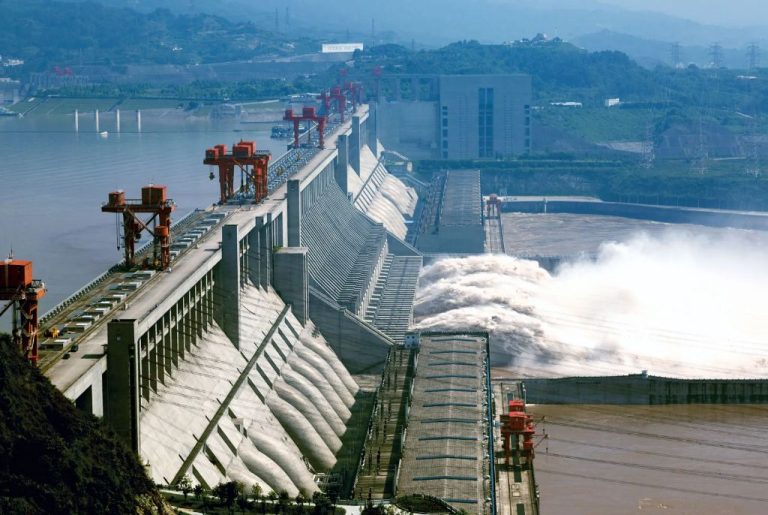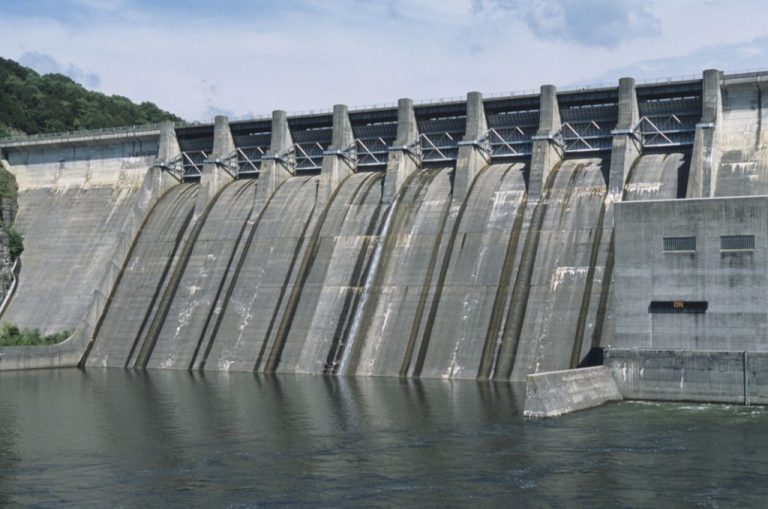Can Hydropower Be Used In Homes?
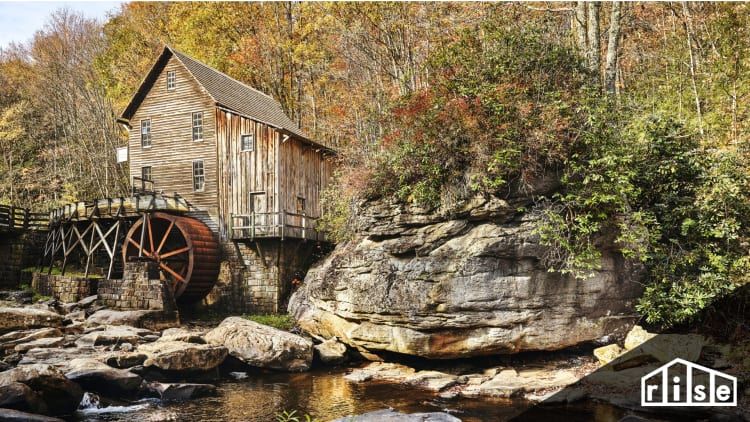
Hydropower is electricity generated using flowing water. It has a long history dating back thousands of years, with early examples using water wheels to grind grain. The first commercial hydropower plant opened in 1882 in Appleton, Wisconsin (1). Since then, hydropower has grown to supply 16% of the world’s electricity. Today, most hydropower comes from large dams and power plants. However, small hydropower systems can also generate electricity, including right at people’s homes.
Home hydropower systems utilize small streams, pipes, or water pressure at individual houses. Water flowing through the system spins a turbine, which powers a generator to produce electricity. Systems can provide enough power for a single home, or even to feed small amounts of excess energy back into the grid. With the right water source and setup, home hydropower can provide a local, renewable source of electricity.
How Hydropower Works
Hydropower relies on using the energy of falling or flowing water to generate electricity. The flow of the water creates mechanical energy as it turns turbines connected to a generator (Energy.gov). The generator then converts the mechanical energy from the turbines into electrical energy that can be used in homes and businesses.
More specifically, the process begins when water builds up above a dam from a river or reservoir. The water flows through a large pipe called a penstock towards the turbines. As the water falls through the penstock, it gains kinetic energy and pressure. When it reaches the turbines at a high velocity, the moving water strikes the turbine blades and causes the shaft to rotate. The energy from the spinning shaft is then converted into electricity by the connected generator. The electricity is then transmitted through transformers, transmission lines, and distribution lines to reach homes and businesses.
In summary, hydropower relies on the natural flow of water to generate electricity. The water’s movement creates mechanical energy as it spins turbines, and generators then convert that mechanical energy into usable electricity.
Large vs Small Hydropower Projects
There are distinct differences between large and small hydropower projects. Large hydroelectric dams typically provide electricity to power entire cities, regions, or even countries. According to the report by IRENA Renewable Power Generation Costs in 2019, large hydropower projects can generate hundreds or thousands of megawatts of electricity. These massive projects require substantial infrastructure including dams, reservoirs, and power stations.
In contrast, small hydropower projects generate up to 30 megawatts of power and are designed to provide electricity locally to homes, farms or small businesses instead of large cities or regions. Small hydropower systems can utilitize existing water resources like canals, streams or rivers to generate modest amounts of electricity. These systems require less infrastructure and have a smaller environmental footprint compared to massive dams. While not capable of powering large grids, small hydropower can provide renewable energy self-sufficiency for single homes or communities.
Micro Hydropower for Homes
Micro hydropower systems refer to hydropower systems that generate up to 100 kilowatts (kW) of electricity. This makes them well-suited for powering individual homes and small businesses. Most home and small business hydropower systems use run-of-river systems, which means they do not require large dams or water storage reservoirs. Instead, they divert a portion of a river or stream through a pipe or channel to spin a turbine and generate electricity.
For a home hydropower system, a minimum flow of water must be available. According to the U.S. Department of Energy, the average home system requires a minimum stream flow of approximately 10 gallons per minute with a waterfall height of at least 10 feet 1. The flowing water spins a turbine connected to a generator to produce electricity. The system components are mounted in the diversion structure and powerhouse.
Compared to solar and wind systems, small hydropower systems can provide continuous baseload power 24/7 as long as sufficient water flow is available. Home hydropower has a long lifespan with proper maintenance and provides clean renewable energy. However, suitable hydro resources are required nearby to utilize this energy source.
Components of Home Hydropower
There are four main components in a typical home hydropower system:
- Intake – The intake is the location where water enters the system from the stream or river. This is usually an area dammed off to divert flow into a conveyance channel or pipeline.
- Turbine – The turbine converts the energy of flowing water into mechanical energy. Common turbine types for home use are Pelton wheel turbines for high heads and Kaplan or crossflow turbines for low heads. The turbine connects to the generator.
- Generator – The generator converts the mechanical energy from the turbine into electrical energy. Permanent magnet alternators are commonly used for home hydropower systems.
- Controls – Controls regulate the voltage and switch power on or off. Controls include switches, inverters, batteries, and monitoring systems.
The intake, turbine, generator, and controls work together to harvest the kinetic energy in flowing water and convert it into usable electricity for the home. Proper selection of each component based on the available water flow and head height is crucial for an efficient and cost-effective home hydropower system.
For more details on home hydropower components see: https://www.energy.gov/energysaver/microhydropower-systems
Assessing Home Hydropower Potential
Before installing a home hydropower system, it’s important to assess the potential of your site. The two main factors to consider are water flow rate/volume and head height.
Water flow rate, measured in gallons per minute (gpm), indicates how much water is available to produce power. A minimum of 500 gpm is recommended for microhydropower systems, but more flow will produce more electricity. The flow rate depends on the water source – streams, creeks, or waterfalls with higher volumes have greater potential.
Head is the vertical distance water falls. Head is measured in feet or meters and more head allows for higher energy generation. For homes, a minimum head of 2 feet is needed but 10-30 feet of head is ideal.
It’s also crucial to consult local regulations and zoning laws regarding home hydropower installations and approvals needed. Permits or licenses may be required depending on the size of the system.[1]
[1] https://www.energy.gov/energysaver/planning-microhydropower-system
Installing a Home Hydropower System
While some homeowners with construction or electrical expertise may attempt to install a home hydropower system themselves, it is highly recommended to hire professional consultants and installers. The design and installation of a micro-hydropower system requires specialized engineering knowledge and skills, as well as familiarity with local codes and permitting.
First, consult with a renewable energy systems designer or installer. They can assess your site conditions, determine the appropriate turbine size and design, and handle permitting and licensing requirements. Most areas require permits for any electrical or construction work, so a professional will ensure all necessary permits are obtained.
Next, the civil works such as water conveyance, turbine house construction, and pipe installation will need to be completed. It’s recommended to hire qualified technicians and tradespeople for tasks like concrete work, plumbing, excavating, and welding. Safety considerations, like operating heavy machinery near water, make professional assistance prudent.
Finally, the electrical installation should be performed by a licensed electrician. They will connect all components like the generator, inverter, controls, and wiring to code. The system will also need to be interconnected safely with your home’s existing electrical panel and grid connection if applicable. Periodic maintenance, such as inspecting for leaks, worn parts and debris buildup will be vital for longevity. Overall, while feasible as a DIY project for some, consulting professionals at each stage is highly advised.
Costs of Home Hydropower
The upfront costs of installing a home hydropower system can vary greatly depending on the size and complexity of the system. According to Micro-Hydro-Power.com, a small hydroelectric system can cost anywhere from a few thousand dollars to tens of thousands of dollars.
For a very basic <1 kW system, the cost may be between $3,000-$6,000. Larger systems around 5 kW may cost $10,000-$20,000 or more. The major components that impact costs are the turbine, generator, controllers/inverters, water pipes and civil works. For example, a 5 kW hydro turbine itself can cost between $1,000-$5,000 according to Micro-Hydro-Power.com (Source).
Ongoing maintenance costs for a home hydropower system are relatively low. General maintenance like inspecting, cleaning and lubricating equipment may be needed 1-2 times per year. The turbine and other components can last 20-30 years with proper maintenance. Replacing parts like bearings may be needed every 5-10 years.
Over the long term, electricity from home hydropower can be cheaper than utility electricity. But the payback period to recoup the upfront system costs may be 10-20 years. Home hydropower competes cost-wise with solar PV systems, which also have significant upfront but low operating costs (Source).
Benefits of Home Hydropower
Installing a home hydropower system can provide several benefits:
Renewable Energy Source – Hydropower harnesses the natural flow of water to generate electricity, making it a clean, renewable energy source. Home hydropower reduces reliance on fossil fuels and the grid.
Energy Independence – Home hydropower systems allow households to generate their own electricity, providing energy independence and security.
Low Operating Costs – Once installed, the operating costs of home hydropower systems are relatively low compared to conventional energy sources. Water flow is free, so the main costs are maintenance and repairs.
Other benefits are that home hydropower produces no greenhouse gas emissions and allows homeowners to sell excess electricity back to the grid in some areas. Overall, home hydropower provides a sustainable, low-cost energy source for houses near flowing water.
Conclusion
In summary, hydropower can be a viable energy source for homes in certain situations. The feasibility of home hydropower depends on several factors:
- Having access to flowing water on or near your property, such as a stream or canal.
- Having enough vertical drop in the water flow (head) to generate power.
- Local regulations that allow for home hydropower installations.
- Sufficient energy demand to make the system worthwhile.
Small-scale hydropower systems designed for homes have a capacity up to 100 kW. The components involved include a turbine, pump, generator, power conditioning equipment, pipes and penstock. Systems can be expensive to purchase and install, though costs can be recouped over time.
Benefits of home hydropower include energy bill savings, energy independence, and a low-carbon energy source. However, hydropower feasibility ultimately depends on an assessment of the specific home’s characteristics.

